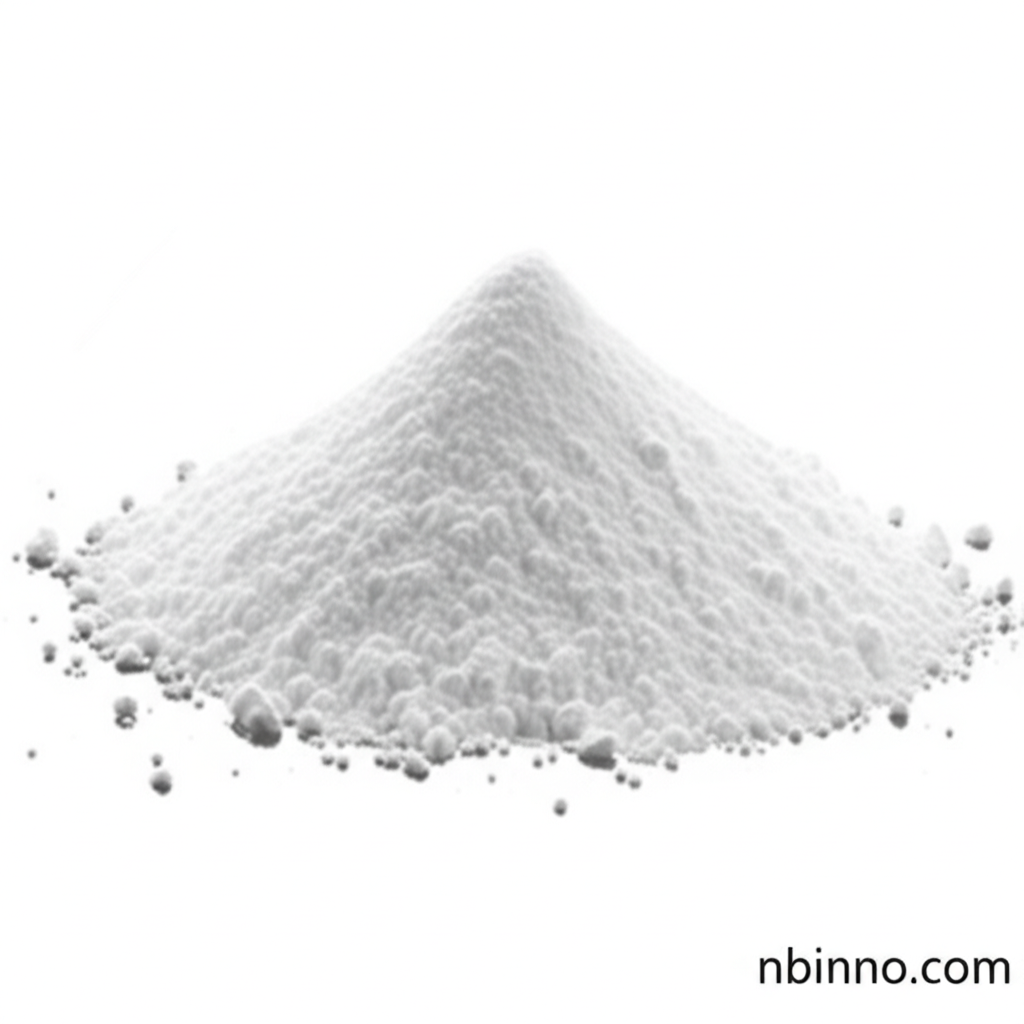Lead(II) Acetate Basic: Properties, Applications, and Safe Handling
Discover the essential details of Lead(II) Acetate Basic (CAS 51404-69-4), a key chemical compound with diverse applications in pharmaceuticals and research. Learn about its properties, uses, and crucial safety guidelines from a trusted supplier.
Get a Quote & SampleProduct Core Value

Lead(II) Acetate Basic
As a leading manufacturer in China, we provide high-quality Lead(II) Acetate Basic, a versatile chemical compound essential for numerous industrial processes. Our commitment to excellence ensures that you receive a product that meets stringent quality standards, making us a reliable supplier for your chemical needs.
- Explore the crucial role of pharmaceutical intermediates in modern drug development, featuring insights from our Lead Acetate Basic.
- Understand the fundamental properties of this white powder chemical compound and why it's a staple in chemical synthesis.
- Learn about the diverse applications of Lead(II) Acetate Basic, from laboratory research to specialized industrial uses.
- Gain essential knowledge on the safe handling and storage of toxic chemical compounds like Lead Acetate Basic to ensure workplace safety.
Advantages You Gain
Consistent Purity
Rely on our Lead Acetate Basic for consistent purity, a critical factor when sourcing pharmaceutical intermediates. This ensures reliable results in your research and production processes.
Versatile Applications
Discover the wide range of uses for Lead(II) Acetate, a key compound in chemical manufacturing, underscoring its importance as a fine chemical intermediate.
Expert Sourcing
Benefit from our expertise in sourcing and supplying chemicals, ensuring you get the best value and quality for your specific chemical needs, including our CAS 51404-69-4 offering.
Key Applications
Pharmaceutical Intermediates
Lead(II) Acetate Basic serves as a vital component in the synthesis of various pharmaceutical compounds, making it a key pharmaceutical intermediate for drug development.
Laboratory Research
Essential for scientific exploration, this chemical is widely used in research settings for experiments and analytical purposes, supporting ongoing scientific endeavors.
Industrial Processes
Historically used as a mordant in dyeing and in various chemical processes, it remains relevant in specific industrial applications requiring its unique properties.
Chemical Synthesis
As a fine chemical intermediate, it is integral to the synthesis of other complex chemical compounds, facilitating advancements in chemical manufacturing.
